
Lentils come from a bushy annual plant of the legume family. The edible parts of the plant are their lens-shaped seeds, which usually grow in pods, with two seeds in each. Lentils are very delicious and easy to prepare. The process of preparation is usually very quick and the lentils literally soak in all of the different flavors from other foods and spices. Lentils originate from the Near East, but they are widely available all over the world and throughout the whole year.
Health benefits of lentils
There was an extensive scientific study about the food intake patterns and risk of death from the coronary heart disease. More than 16.000 middle-aged men, from all over the world, were subjected to the study. The results of the research revealed that legumes are associated with an 82% reduction in risk of coronary heart diseases. The other fiber rich foods are also good for humans’ heart and the digestive system, but lentils also contain significant amounts of folate and magnesium. In addition to its beneficial effects on the digestive system and the heart, lentils may help stabilize blood sugar levels and lower the levels of both plasma glucose (blood sugar) and insulin (the hormone that helps blood sugar get into the cells). Lentils are also good sources of iron, an important component of hemoglobin, which transports the oxygen trough the bloodstream.
Nutritional facts of lentils
Lentils are source of molybdenum and folate and a very good source of dietary fiber and manganese, also iron, protein, phosphorus, copper, thiamin and potassium. A cup of mature cooked and boiled seeds of lentils, without salt, weighs approximately 198 grams. A serving portion of this size contains 230 calories. Only a small portion of calories comes from the fats: 6 calories. Lentils contain no cholesterol and the total count of fats in one such portion is only 1 gram. Total carbohydrate count is 40 grams, of which there are 16 grams of the beneficial dietary fiber and 4 grams of sugars. Lentils are very rich in protein. They contain more protein than peanut butter, for example. In such a portion, one will find 18 grams of protein. One cup of cooked lentils provides approximately 37% of recommended daily allowance (RDA) for iron, 90% of RDA for foliate, 36% of RDA for phosphorus, and 49% of RDA for manganese.
How to Enjoy
Lentils are one of the rare foods that really have no bad points, if consumed in moderation. The easiest way to consume lentils is to mix cooked lentils and chopped sweet peppers to make a delicious cold salad. A nice dish can be prepared by tossing buckwheat soba noodles with cooked lentils, small broccoli florets and leeks. The mixture is especially delicious when it is dressed with olive oil mixed with garlic and ginger.


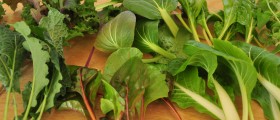
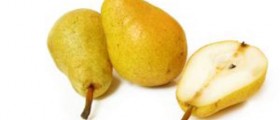






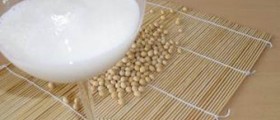
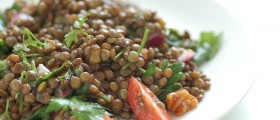
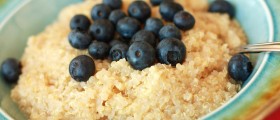
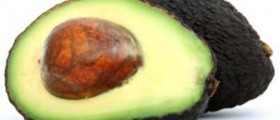

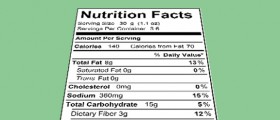

Your thoughts on this
Loading...